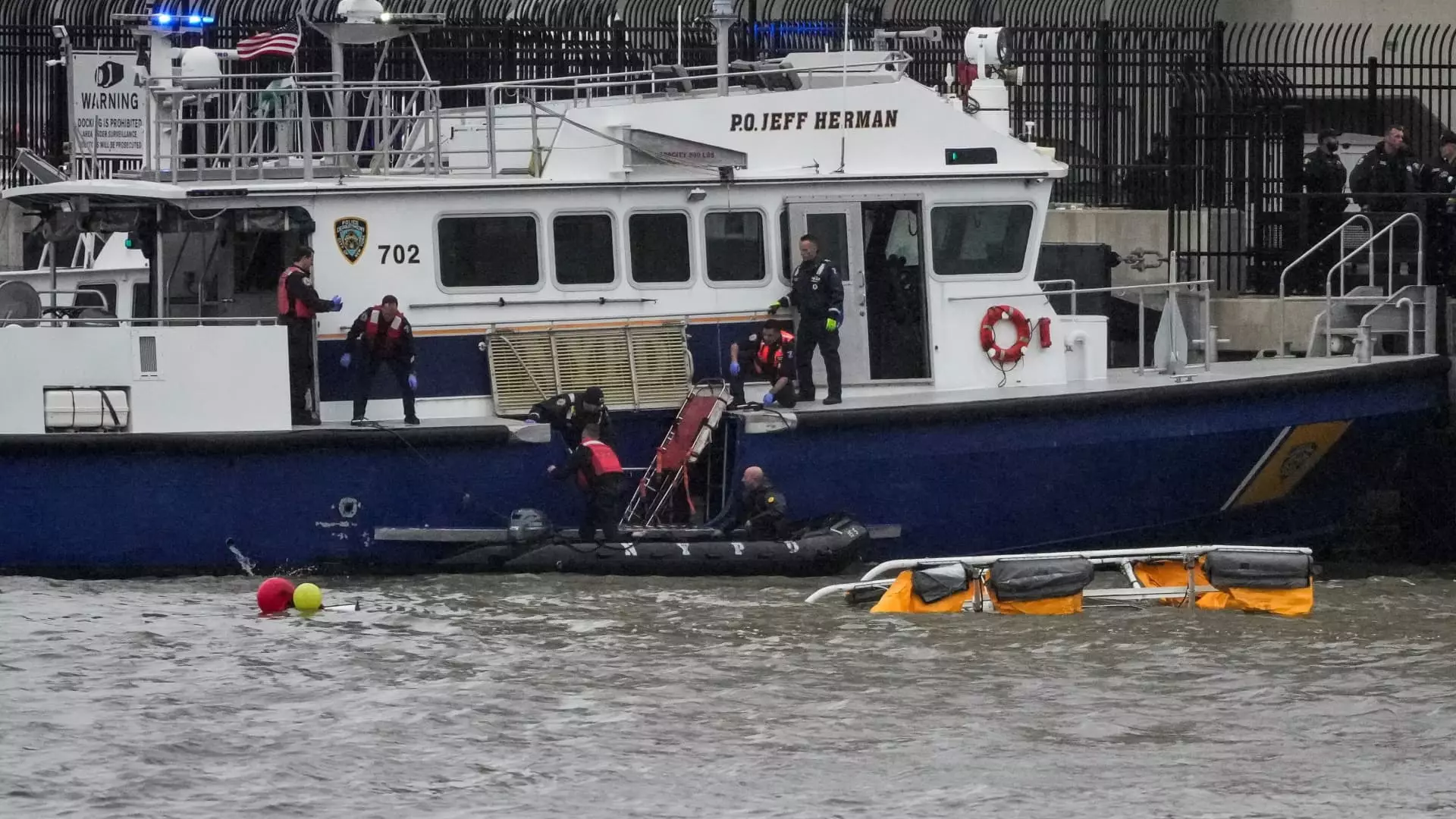On a seemingly normal day, the calm waters of the Hudson River became the scene of unimaginable tragedy when a helicopter plummeted, leading to the loss of at least five lives. Such incidents serve as poignant reminders of the precariousness of aviation, even for those who consider it a routine mode of travel. As reported by NBC New York, chaos ensued as emergency responders rushed to the scene, highlighting the need for robust safety protocols in helicopter operations.
The Iconic Bell 206L-4 LongRanger
The helicopter involved in this tragic event was identified as a Bell 206L-4 LongRanger, a model that, while popular for its versatility, is not immune to mechanical failures. Witness accounts suggested that a propeller malfunction led to a swift descent, painting a grim picture of a last-ditch struggle against fate. The fact that this model has seen numerous scenic flights above New York City only amplifies the chilling nature of this accident. It raises the question: how can we ensure that such helicopters operate at the highest standard of safety?
The Role of Eyewitness Reports
Eyewitness accounts play a critical role in unraveling the circumstances surrounding the crash. It is particularly unsettling to hear that a bystander observed the helicopter losing a propeller—a detail that may prove pivotal in understanding what went wrong. While investigations by the National Transportation Safety Board (NTSB) are crucial, the immediacy of eyewitness narratives adds a human touch to the grim statistics that often accompany aviation disasters. These firsthand observations can guide inquiries and potentially lead to improved flight standards in the future.
Anecdotal Evidence and Systemic Issues
In the aftermath of such incidents, it’s easy for emotions to cloud judgment, but we must strive to analyze these events critically. The helicopter’s flight path—recorded as it ascended to approximately 1,100 feet and then turned around near Fort Lee, New Jersey—suggests a troubling pattern often seen in sightseeing operations. It reinforces the notion that routine flights should not overlook the possibility of mechanical failure or human error. These are systemic issues that the aviation community must tackle head-on.
A Call for Greater Accountability
The frequency of such accidents calls for greater accountability from both operators and regulatory entities. Helicopter tours, while offering breathtaking views of iconic landmarks, must not compromise safety for the sake of profit. As New Yorkers navigate the aftermath of this tragedy, there is an imperative for rigorous re-evaluation of protocols governing these air tours. The operational standards must be elevated, ensuring that all preventative measures are in place to protect passengers.
This incident serves as a clarion call, urging not just the aviation industry, but society as a whole, to advocate for reform and heightened scrutiny over air travel safety. As we mourn this tragic loss, it’s essential to channel that grief into advocacy, demanding greater measures to safeguard against future calamities.


Leave a Reply